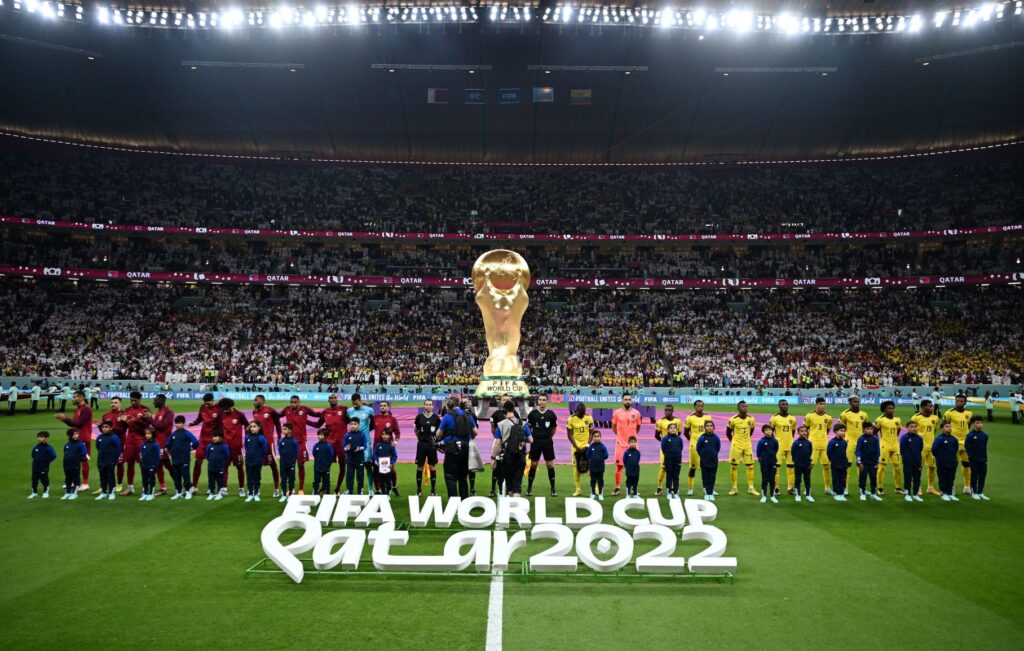A market analysis by Future Market Insights (FMI) states that the global Philippines tourism market is poised to reach a valuation of USD 10.8 Bn in 2022. Sales are projected to increase at a 10.9% CAGR, with the market size reaching USD 30.4 Bn by 2032.
Based on tourism type, the eco/sustainable tourism segment is projected to account for 42% of the total market share in 2022. By booking channel, the online booking segment is anticipated to hold 51% of the total market share. Based on tourist type, domestic tourist segment will remain lucrative through 2032.
The conversion of airport terminals into global gateways has aided the country’s international tourism development, with approximately 95-99% visitors arriving by air. In recent years, the airports in Davao City and Iloilo City have been modernised, allowing direct charter flights from Singapore.
Meanwhile, Mactan-Cebu Airport, which has long handled both scheduled and charter flights from all across East Asia, was set to begin gaining long-haul flights in 2016 when three Philippine airlines began moving between Cebu and Los Angeles, California. In the near future, there will be more direct international flights to Cebu, Boracay, and Davao.
Aside from that, the country’s hospitality sector is increasingly focusing on the contactless payment trend. When contactless payments are allowed, customers save time by not trying to sort through cash or enter their PIN.
The introduction of mobile payments has also made carrying a wallet obsolete. The coronavirus outbreak has boosted the demand for contactless payments that reduce friction and improve the customer experience.
Offering contactless payment methods may be perceived as a need rather than a luxury by many customers and staff. As a result of the covid-19 outbreak, many people in the Philippine hospitality business have started to employ contactless payment systems.



 share
share









































